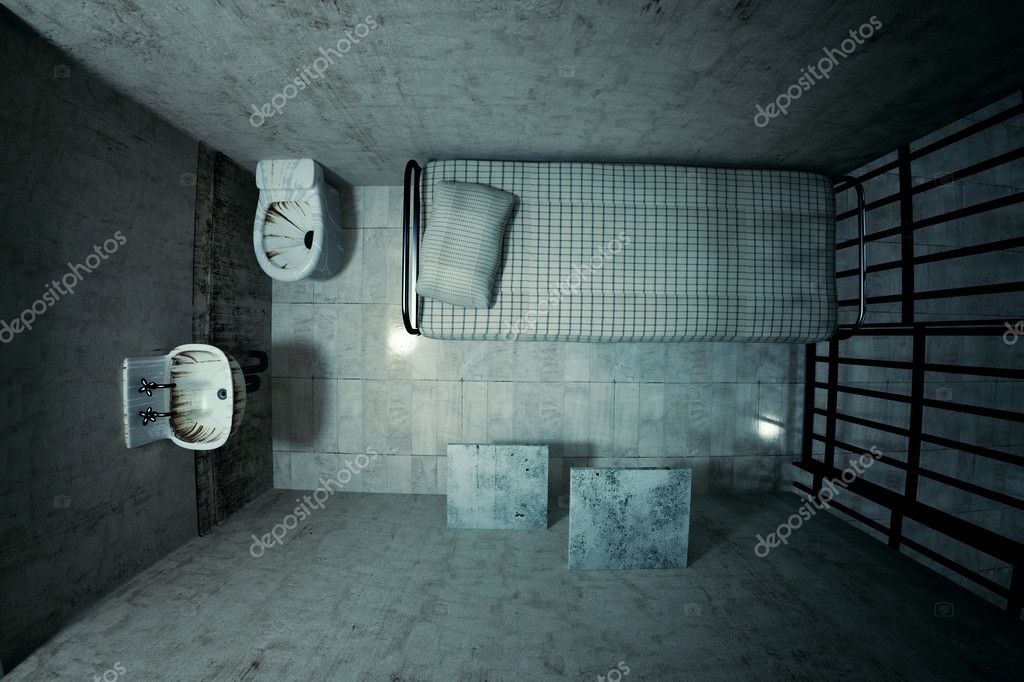

ISBN 9788898194193.A woman was in dire need of help and hospitalization while in a “medical observation” cell, but the pretrial detainee was neglected by guards and staff in a Texas jail, according to a federal lawsuit. Storie di ordinaria repressione nelle carceri Italiane (in Italian). ^ "Legal articles, cases and court decisions".^ "Upgrade Your Jail Cell For 80 Bucks A Day?".Archived from the original (PDF) on 12 March 2002. Imprisonment in America: Choosing the Future. ^ a b c Report to Congressional Requesters: "FEDERAL PRISONS: Revised Design Standards Could Save Expansion Funds," March 1991, GAO/GGD-91-54, General Accounting Office, retrieved December 31, 2020.^ "Haftraum – Größe und Unterbringung".^ "Water, Sanitation, Hygiene and Habitat in Prisons – Supplementary Guidance", April 2012, International Committee of the Red Cross, retrieved December 31, 2020.Custody sergeants also ensure cells are clean and as germ-free as possible, in accordance with the Human Rights Act of 1998. In the United Kingdom, cells in a police station are the responsibility of the custody sergeant, who also logs each detainee and allocates him or her an available cell. Other countries may house many offenders in prisons, making the cells crowded. In many countries, the cells are dirty and have very few facilities. The practice of putting two persons to a cell is referred to as "double-bunking." The practice of assigning only one inmate to each cell in a prison is called single-celling or "single-bunking" (as in " bunk bed"). There are a number of prison and prison cell configurations, from simple police-station holding cells to massive cell blocks in larger correctional facilities. This prevents vandalism or the making of weapons. Stainless steel lavatories and commodes are also used. įurnishings and fixtures inside the cell are constructed so that they cannot be easily broken, and are anchored to the walls or floor. Solid doors typically have a window that allows the prisoner to be observed from the outside. In the United States old prison cells are usually about 6 by 8 feet (1.8 by 2.4 m) in dimension which is 48 sq ft (4.5 m 2), (moreover, however, American Correctional Association standards call for a minimum of 70 sq ft (6.5 m 2), with steel or brick walls and one solid or barred door that locks from the outside. of varying sizes, but generally in the 50 to 70 square foot range." "In practice, however, BOP has accommodated inmate population increases by double-bunking inmates in virtually all its facilities and in cells. *(65 sq ft (6.0 m 2), minus 35 sq ft (3.3 m 2) of " unencumbered space" leaves 30 sq ft (2.8 m 2) of "encumbered" space, which would likely contain bed, toilet and sink - for a single inmate in a single cell) This essentially translates to a cell size of roughly 65 sq ft (6.0 m 2).* "Until recently, the Federal Bureau of Prisons based its determination of rated capacity in existing facilities on a single-bunking standard, which currently calls for providing each inmate with at least 35 square feet of unencumbered space in a single cell.

Ĭouncil of Europe (Strasbourg, 15 December 2015) call for a minimum standard for personal living space in prison establishments is 6m² of living space for a single-occupancy cell or 4 m 2 (43 sq ft) of living space per prisoner in a multiple-occupancy cell for the prevention of torture and inhuman treatment.Ī March 1991 federal government study of U.S. Prison cells vary in size internationally from 2 m 2 (22 sq ft) in Guinea, 3 m 2 (32 sq ft) in Poland, 9 m 2 (97 sq ft) in Germany to 10 m 2 (110 sq ft) in Norway and 12 m 2 (130 sq ft) in Switzerland. 19th century prison cell in Pawiak, Warsaw


 0 kommentar(er)
0 kommentar(er)
